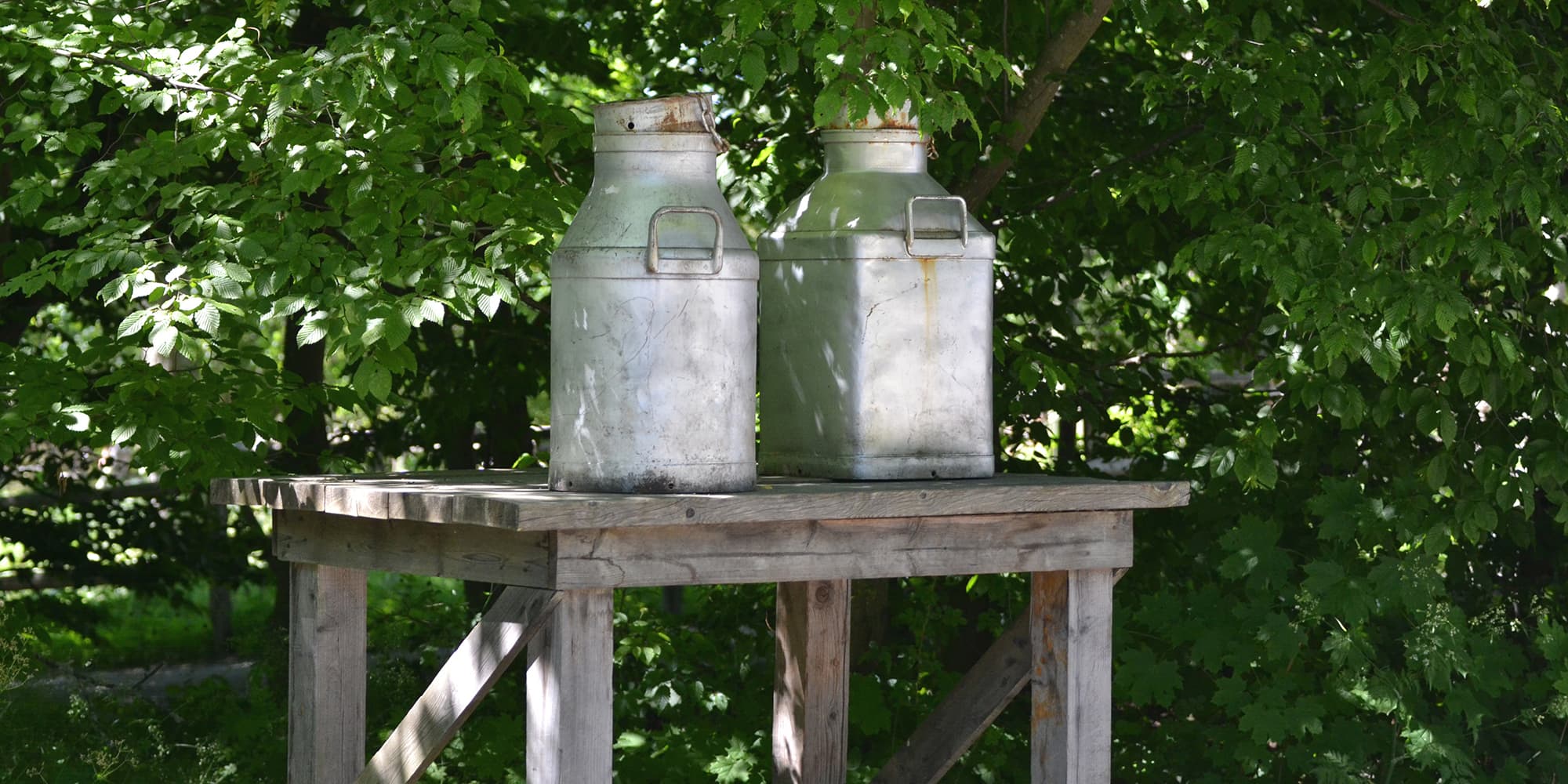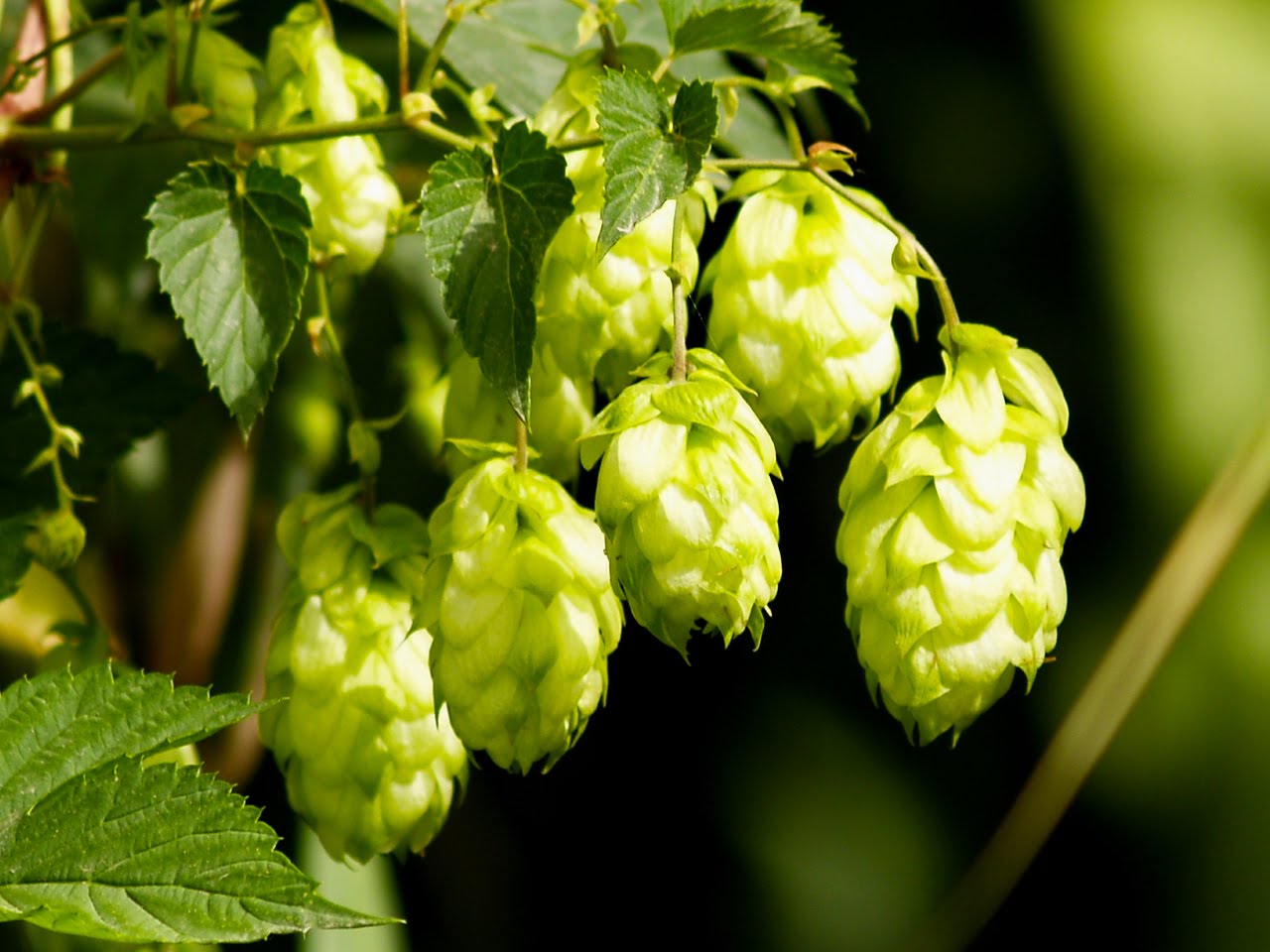A group of hop connoisseurs is reaching out to landowners in Wisconsin, giving them the opportunity to be part of the state’s hop-growing legacy. All that’s required to join the hop crop movement — the ingredient that provides the flowery aroma of beer and its characteristic bitter taste — is at least 1 acre of productive agricultural land anywhere in the upper Midwest or Wisconsin and around ten thousand dollars.
Launched in 2008, Gorst Valley Hops is committed to producing hops of ultra-high-quality for Midwestern farmers as a specialty cash crop. Gorst Valley Hops offers sales services, processing, outreach, and education to brewers and farmers. Gorst Valley Hops’ mission is to offer farmers a unique and valuable crop that can be cultivated on a small farm within a farmer-oriented system. Such a system allows farmers to get the majority of the returns from the crop. Gorst Valley Hops has 1 charter grower in Escanaba, Michigan, and 7 around Wisconsin, producing a total of fifteen acres of hops.
Local Acre, by Lakefront Brewery, contains 100% Wisconsin ingredients and is produced using hops from Gorst Valley Hops. Capital Brewery of Middleton is another beer producer that relies on Gorst Valley Hops for this essential beer ingredient. During the company’s early years, owner Altwies knew that Gorst Valley Hops was never going to provide 1 brewer with all the necessary hops. With this in mind, he focused on producing sufficient hops to allow brewers to make specialty beers.
Companies such as Gorst Valley Hops, which are coming up with innovative uses of land, also help maintain Berry as a rural farm — one of the town’s land-use plans. Gorst Valley Hops offers a different approach to farmland use. It’s a demonstration of how small tracts of land can be utilized for agriculture.
During the nineteenth century, Wisconsin grew about 20% of all the hops in the United States until aphid and mildew challenges caused by overcrowded plantations forced farmers to relocate their agricultural practices to the Pacific Northwest. Today, Wisconsin has better production practices, as well as new varieties of hop that are much higher yielding and pest and disease resistant. The growing conditions are ideal for cultivating hops, including 120 days of frost-free growing, sufficient sunlight, and winter which provides the hops the dormancy they need for flowering and producing optimal yields.
Altwies, a horticulturist and graduate of the University of Wisconsin, Madison was always confident about growing hops in Wisconsin. After all, the practice had been hugely successful in the 1860s. To establish Gorst Valley Hops, Altwies brought together a group of like-minded friends to partner in his new hop-growing venture — each with a specialty that would tackle specific elements when re-introducing the crop as a commercial crop in the state. The team included a development director, engineer, and a chemist. Everyone brought something unique to the table and this has been instrumental to the growth of the company. Christine and Thad Molling, for instance, provide the Gorst Valley cooperative agricultural research and information technology expertise. The couple, who reside near Mazomanie, both wanted to establish a sustainable career outside their normal jobs. However, they did not want to be ordinary farmers and Gorst Valley Hops offered a wonderful prospect. Christine and Thad Molling eventually grew their initial hop crop and assisted Altwies launch workshops for prospective hop farmers.

